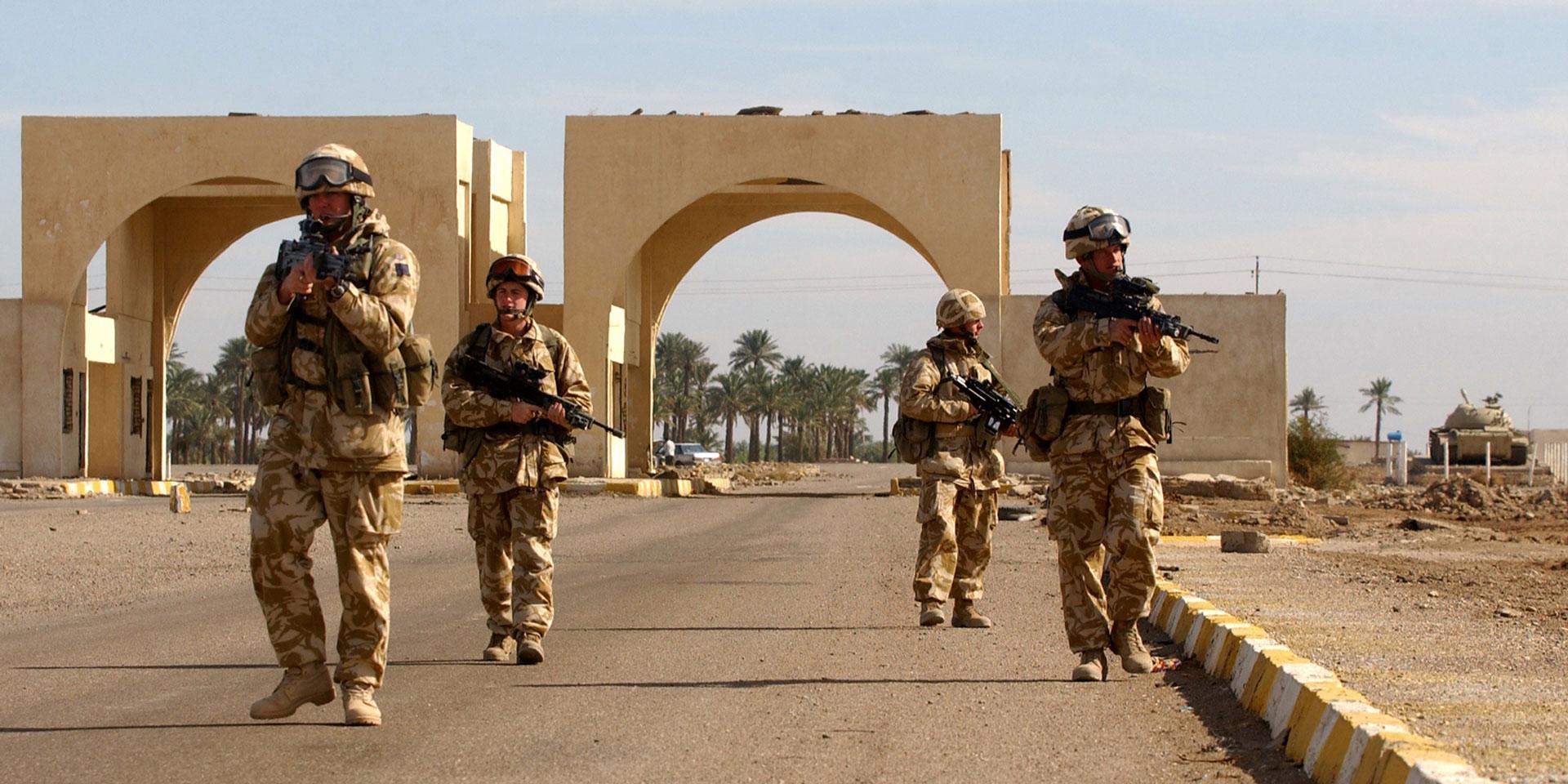Aya Ezz
The Iraqi security and military forces have recently launched extensive campaigns against ISIS remnants in Iraq. The Iraqi army announced in a statement on Friday, April 30 that the Counter Terrorism Service (CTS) launched a major campaign to pursue the remnants of the terrorist organization in the governorates of Diyala, Kirkuk, Anbar and Nineveh.
A statement by the army confirmed that it had cooperated with the Popular Mobilization Forces (PMF) in that campaign, and there will be great cooperation during the coming period to get rid of the remnants of ISIS, especially in the Hamrin Mountains region.
Continuous military operations
Iraq is currently suffering from the resurgence of ISIS cell activity in conjunction with the political and financial problems and crises that the government suffers from. In addition, ISIS has been able to expand the scope of its terrorist operations in the provinces of Diyala, Kirkuk and Nineveh.
As a result, the Iraqi army launched Operation Ready Lion, which resulted in the killing of 80 terrorist operatives in the Mosul area and 120 in the Triangle of Death, as well as the destruction of 160 terrorist hideouts.
The PMF, in cooperation with the army, launched Operation Revenge of the Martyrs to pursue ISIS remnants in western Mosul.
The PMF media said in a statement reported by the Iraqi National News Agency that the PMF’s Nineveh Operations Command launched the operation with the participation of the PMF’s 21st and 33rd Brigades and the army, aiming to find and track ISIS cells in the Badush and Atshana mountains west of Mosul.
It is noteworthy that the last military campaign launched by the Iraqi army was on February 1, which was Operation Lions of al-Jazeera to search the Jazeera desert in northern Anbar, southern Nineveh and western Salah al-Din up to the international border with Syria. That operation resulted in the killing of 100 ISIS elements and the destruction of 125 hideouts in Anbar, Nineveh and Salah al-Din.
Triangle of Death
Iraq’s Triangle of Death is an area that extends from northern Diyala, east of the Iranian border, to southern Kirkuk and eastern Salah al-Din in the north.
The region includes the Hamrin mountain range, which is geographically rugged and remote, in addition to the spread of forests and orchards in the vicinity of the mountainous region. This terrain provides an ideal environment for ISIS militants to hide from the eyes of Iraqi forces and international coalition reconnaissance aircraft.
ISIS militants launch violent attacks on military and civilian targets in the governorates of Kirkuk, Diyala, Salah al-Din and even neighboring Nineveh.
AFP published statistics, citing statements by officials and United Nations estimates, that the number of ISIS elements in Iraq is estimated at 10,000.








































admin in: How the Muslim Brotherhood betrayed Saudi Arabia?
Great article with insight ...
https://www.viagrapascherfr.com/achat-sildenafil-pfizer-tarif/ in: Cross-region cooperation between anti-terrorism agencies needed
Hello there, just became aware of your blog through Google, and found ...